 In the past few years, the Indian apparel industry has been growing steadily. Exports have risen considerably, accompanied by a rise in their investments. With advancements in technology and automation taking over many processes of making a garment, manufacturers are making better and globally competitive fabrics. We spoke to Dr. Darlie Koshy, Director General, and CEO, Apparel Training and Design Center (ATDC), to understand the impact of technology on the apparel industry, significance of skills and creativity and how ATDC is catering to the changing demands of the industry and the needs of customers.
In the past few years, the Indian apparel industry has been growing steadily. Exports have risen considerably, accompanied by a rise in their investments. With advancements in technology and automation taking over many processes of making a garment, manufacturers are making better and globally competitive fabrics. We spoke to Dr. Darlie Koshy, Director General, and CEO, Apparel Training and Design Center (ATDC), to understand the impact of technology on the apparel industry, significance of skills and creativity and how ATDC is catering to the changing demands of the industry and the needs of customers.
Q: Please tell us about the positive impact of technological disruption on the apparel industry.
A: Technologies like Artificial Intelligence (AI) and Robotics are positively impacting the apparel industry in India. As we are moving towards a speed-driven generation, what AI and Robotics are actually doing is time destruction. As we know, fashion is time-bound. Lack of productivity and speed keeps us lagging behind. Therefore, automation or technological advancements destroy time to acquire speed. If technology and skills do not move with time, then we are in trouble.
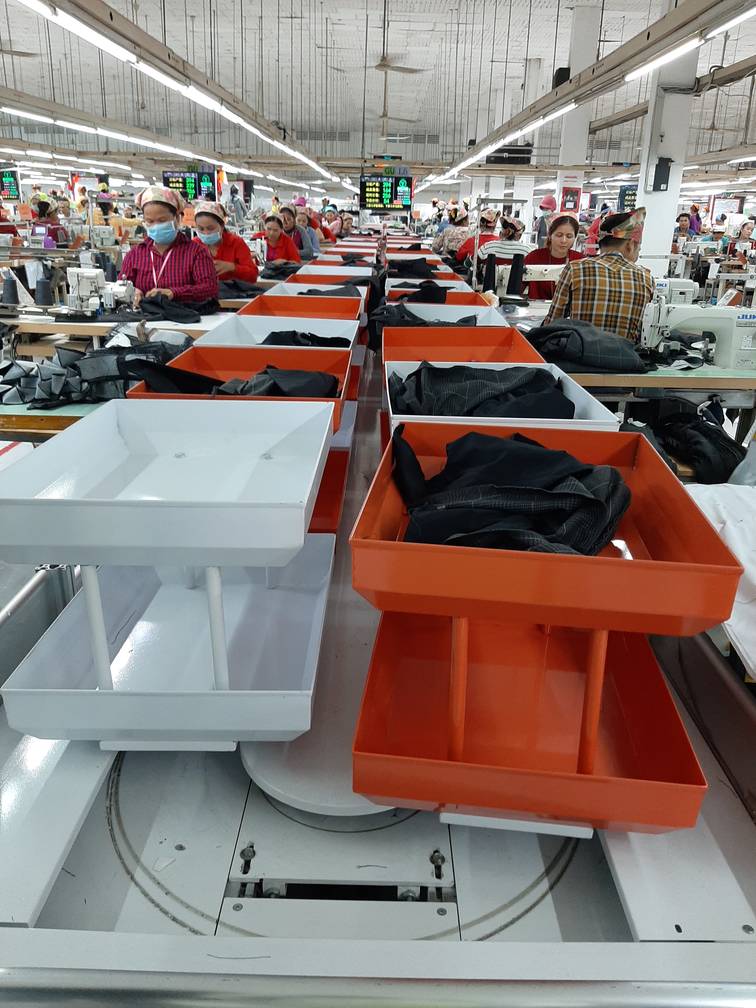
Let me give you an example of a lingerie manufacturing unit in Vietnam. It has 5 units, namely, A, B, C, D, and E, classical production of lingerie is done in unit A with about 16,000 people working on the assembly line. As we move towards unit E of the same company, there are only 4000 people, as techniques of bonding, wiring, and fusing are automated. This means the factory has not abandoned the old units but manufactures for conventional brands. Whereas unit E manufactures lingerie like a millennial sports bra. This shows that the improvements in technology are not changing the kind of work we do, but in fact making the manufacturing process faster.
Q: Is there an ideal model for the Indian apparel industry to adopt?
A: Today, fashion has two extremes – one is fast and the other is slow. Zara, for example, has 24 collections a year, which means fashion is changing swiftly. At the same time, we are also talking about sustainable fashion, where we are recycling and upcycling the existing fabrics.
The world of fashion coexists. India should follow exactly this model of coexisting or with the combination of the classical and modern fashion. Indian apparel industry should follow a model based on the kind of market it serves and the wage levels existing in the country. The government is redefining the minimum number of calorie intake and the number of meters of cloth required by a person through Universal Minimum Wage. But this doesn’t remain constant as wage levels go up. Therefore, the garments we sell in this country should of higher unit value, to be able to pay better wages to the people.
According to Ricardo Hausmann, Director for International Development, Harvard University, “India, Indonesia, and Vietnam have accumulated new capabilities that allow for more diverse and more complex production that predicts faster growth in the coming years.” Even though China ranks better than India in economic complexity, it fell four spots to land at 23. Meanwhile, at 46, India is more diverse in its political, institutional, geographic, and demographic dimensions. This gives it more room to diversify into newer and more complex products, explained the report.
Q: You had mentioned the significance of skills, speed, and creativity. How do we connect all the three?
A: The skillset, wages, and type of jobs in the apparel industry depend upon what kind of market we want to build. If we continue to work in the labor arbitrage and not move into technical textile or products which are suitable to various sophisticated markets, or if do not improvise on the youth fashions catering to countries like in the Regional Comprehensive Economic Partnership (RCEP), then we can never be at a different level. For a person to survive the onslaught of technology, he/she should have sustainable skills, improve the speed at which one works and have creativity. Because creativity is untouched by automation.
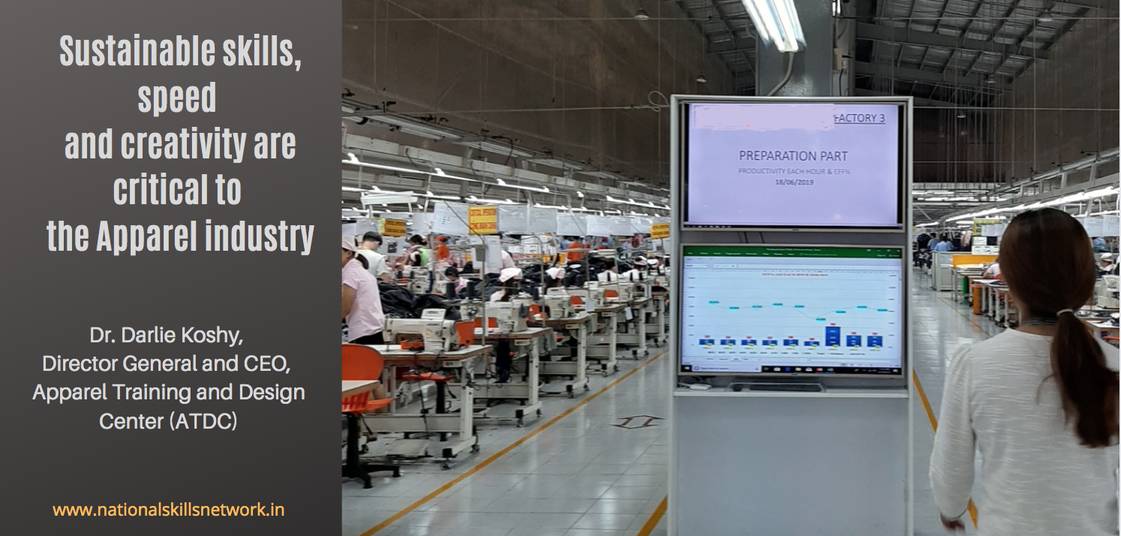
India should make a single-skilled operator into a multi-skilled operator with creativity. India should be the creative manufacture of the world and not a factory to the world like most of our neighbouring countries. The textile and apparel industry in India must try to make original fashion on a day-to-day basis, like how the entertainment industry strives to make original content every time. This long-term approach will help in building long-term skills, speed, and creativity which are sustainable and most critical.
Q: How is ATDC making a difference?
A: I would like to mention the following:
- Cutting down the speed: As I have already mentioned, about the importance of speed in the fashion and the apparel industry in general, in ATDC we are focussing on cutting down the speed of trainees through various short-term courses, and long-term and more systematic courses through DDUGKY program.
- Training in SMART technologies: SMART technologies provide for an environment that will be conducive to merge technology with creativity, skills, and innovation. ATDC firmly believes in reskilling and upskilling or the upgradation of skills. Reskilling is important so that they do not lose out to the automation. Having multiple skills and upskilling helps one to be part of larger setups and also to look after the front-end sales. This makes them much savvier in a new context.
Related article: How ATDC is preparing youth for the apparel industry through DDU-GKY and B.Voc courses – Read more: https://nationalskillsnetwork.in/ways-in-which-atdc-is-making-a-difference-in-the-apparel-training-in-india/
- Focus on skilling: ATDC focusses on skilling through its contextual and industrial engineering courses. There is also a new set of skills needed by every trainee, i.e., data analyst, environmental engineering and SMART technologies. These are necessary for the apparel sector so that we do not lose out a huge number of jobs from the current 12.1 million, where we could actually add 20 million people in apparel alone.
- Training of faculty: Our faculty at ATDC undergo various training programs. For example, they undergo a fashion specialist program of the UK through an online program to make them savvier. They also undergo personal advancement and career enhancement programs from GAP USA. These are interactive courses with numerous mock sessions and use new technologies in training.
Government, industry, and markets should be conducive to automation and technology. If wage levels are still low, there is no money to spend on automation. And this is a disincentive to automation and technology. If we continue to look out for cheap labor from Orissa or Bihar like always, we are replacing one level of labor arbitrage with another.





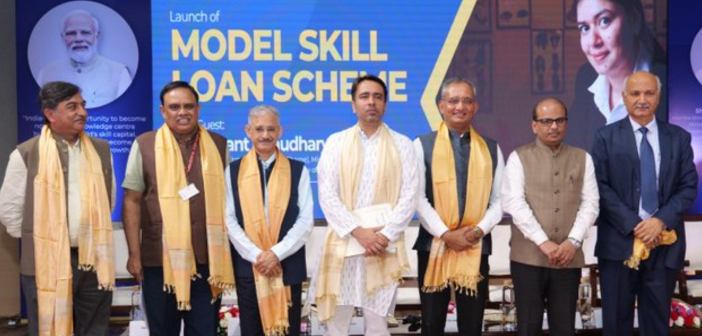

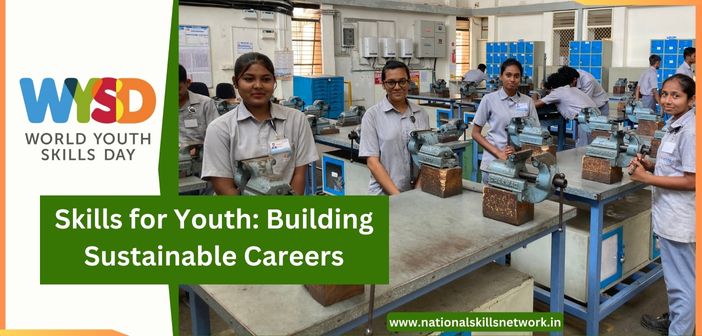



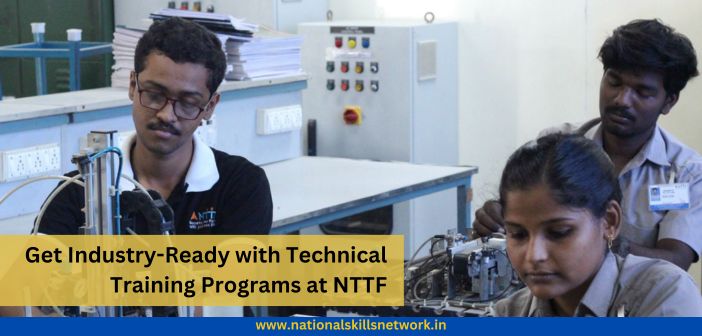

Good afternoon sir, sir if we have a good skill project work for the social welfare project work,how can we submit our request of the project to the national development of India sir,